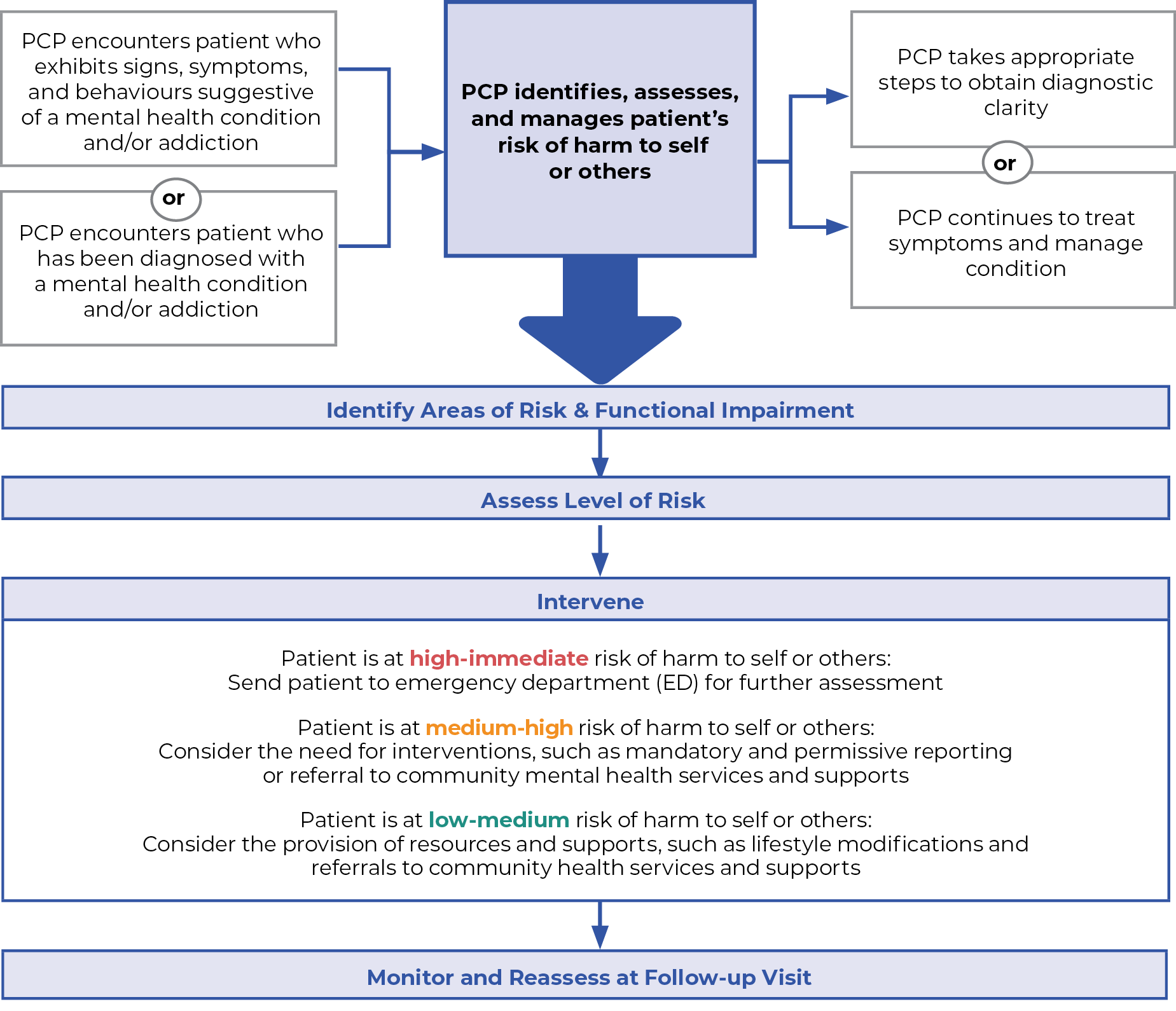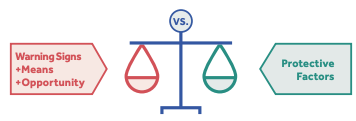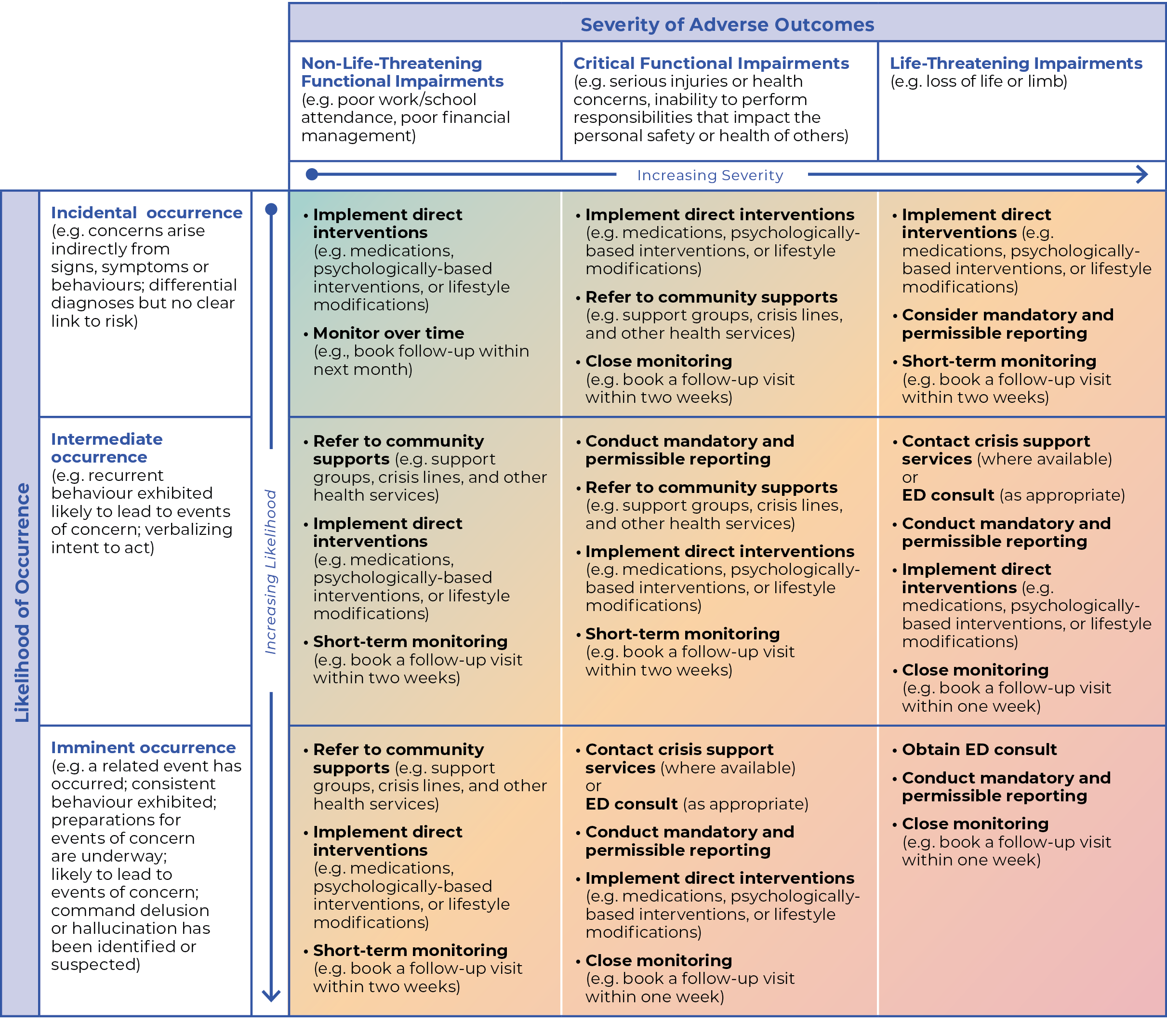Tips for completing Form 1
- Form 1 is used by a physician to legally bind a patient to undergo a psychiatric assessment, under the Mental Health Act (OHIP Billing code: K623 – $95)
- Neither the risk nor the mental health diagnosis need to be certain; possibility is sufficient
- Physician can complete a Form 1 based on the information provided by others, as long as the patient has been examined in the past 7 days
- To increase the likelihood that the patient is admitted for assessment, be sure to stress risk and safety concerns
An Application for Psychiatric Assessment, otherwise known as a “Form 1”, is the first step on the path to involuntary admission. The following are tips to completing a Form 1.
- You do not need to be certain of the risk or of the mental disorder; you are requesting an assessment because you are uncertain.
- A Form 1 provides physicians with two options to complete – Box A or Box B
- Box A is used most often
- Box B can only be used if the individual has previously been found incapable of consent to treatment of the mental disorder.
- Step 1: Complete the data fields requesting the physician’s name and contact information in addition to the patient’s name and address.
NOTE: The date you enter in this section is the day when you personally examined the patient, which may not be the current date and can be up to 7 days prior to the date you are completing the Form 1.
- Step 2: Decide whether section “Box A” or section “Box B” is applicable and complete one Box, not both.
Completing Box A:
The first part is titled ‘The Past/Present Test.’ This part relates to the identified concerns. Check the appropriate boxes and provide supporting evidence from your own observations or from concerns expressed by others.
The second part is titled ‘The Future Test.’ This part mainly relates to information suggesting the possibility of a mental disorder. The first step in The Future Test is checking boxes that apply to the actual harm or impairment you believe may occur. These differ from the first set of check boxes in The Past/Present Test, which refer to threats, attempts, violent behavior, eliciting fear or impaired self care. The check boxes in The Future Test are asking you to clarify your opinion that the threats, attempts, etc., will likely result in actual harm. The second step in The Future Test is to provide narrative information, based on your observations or facts from others, suggesting a mental disorder. Information can include:
- Concrete signs and symptoms or related functional impairments
- Prior history of confirmed mental disorder
Completing Box B:
While not as commonly used, Box B can be useful as an early intervention, i.e. certification at a lower level of disturbance based on past history. Box B is only to be completed if your patient:
- Has a recurrent or ongoing mental health condition that has been previously certifiable when not treated, but has shown clinical improvement when treated;
- Is incapable of consent to treatment, and has a substitute decision-maker who is providing consent;
- Is currently suffering from the same or similar mental health condition that was previously successfully treated, and you believe that without treatment, harm or impairment to self or others, or substantial mental/physical suffering, is likely to occur.
Please refer to examples of completed forms and additional documents for clarity:






